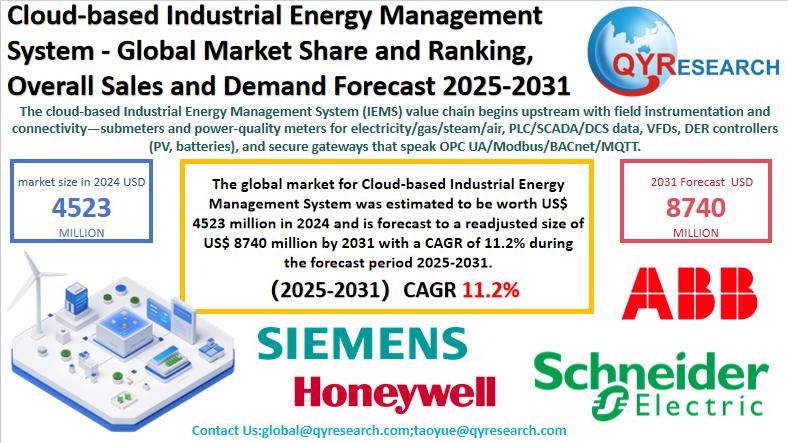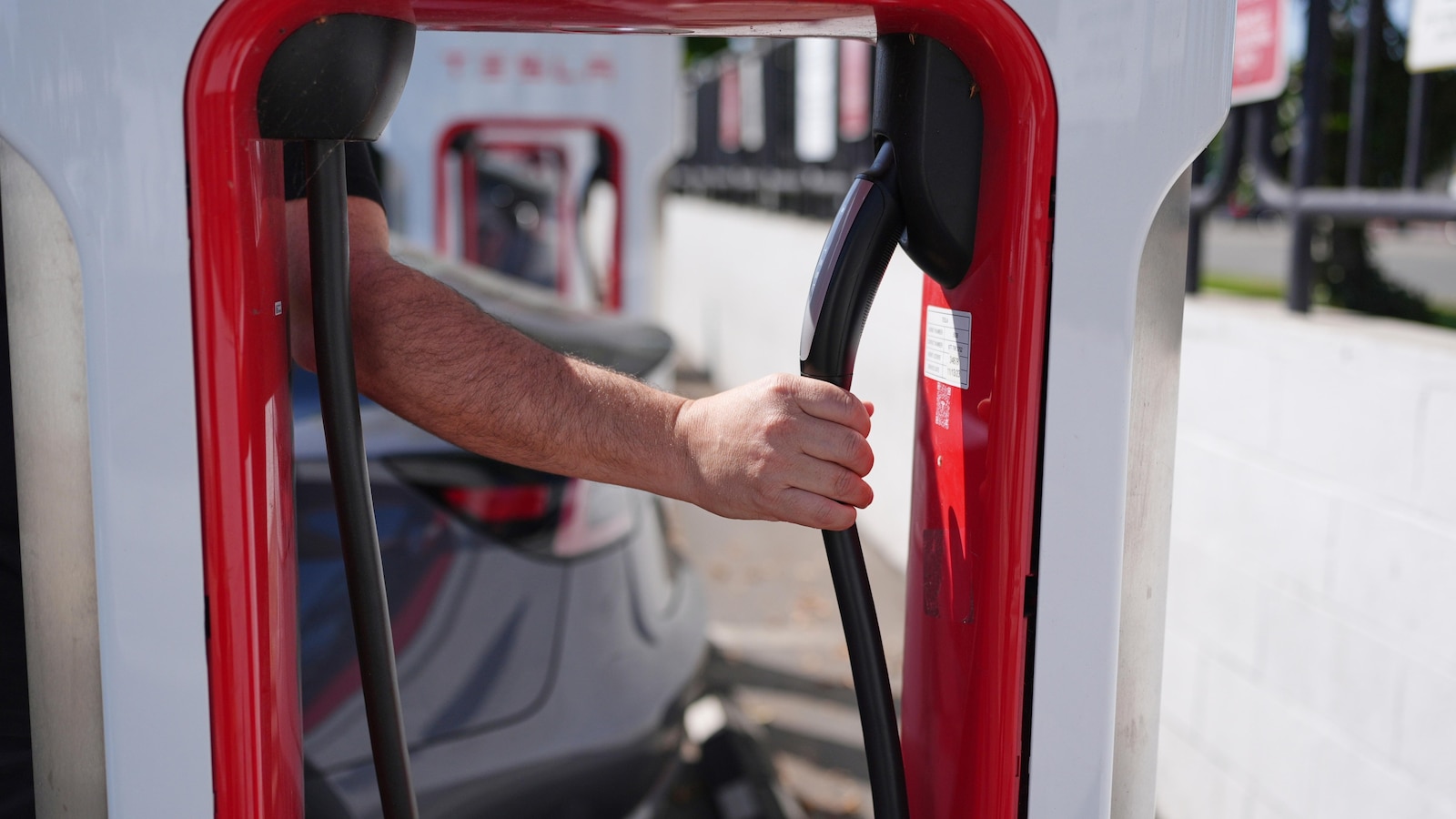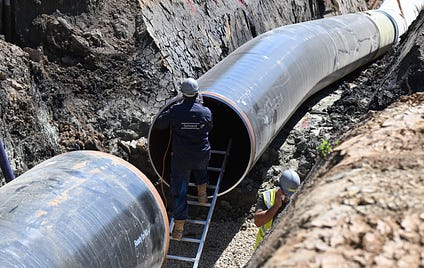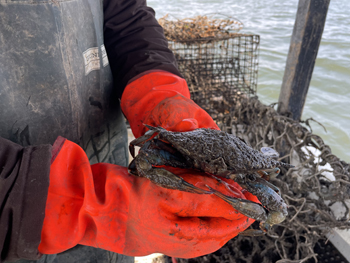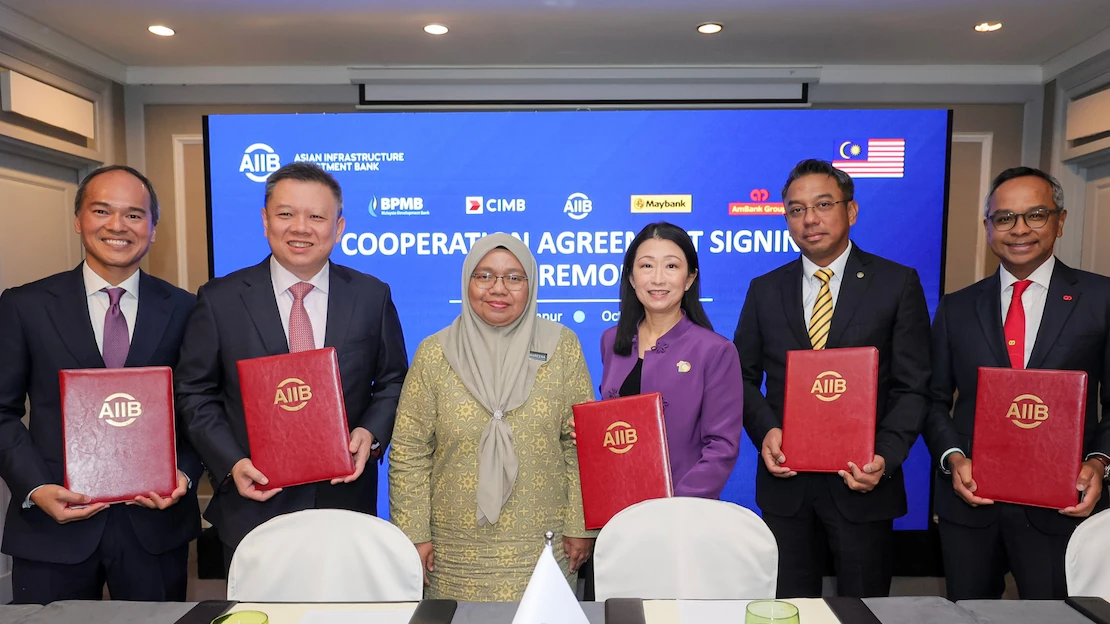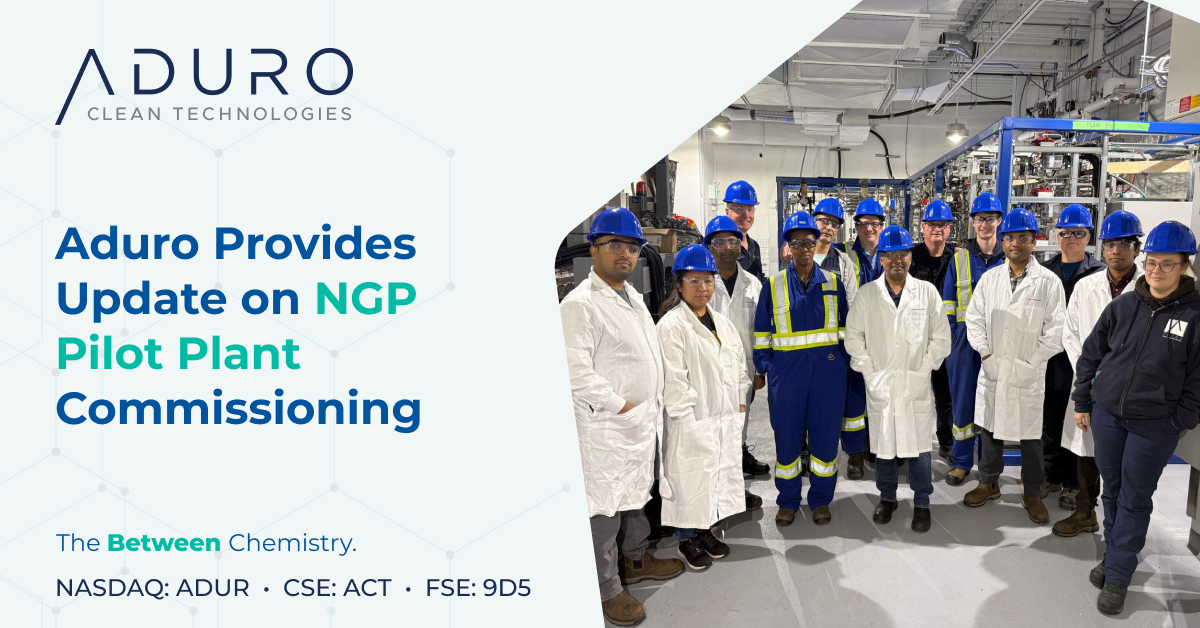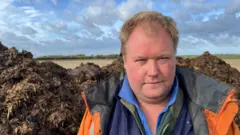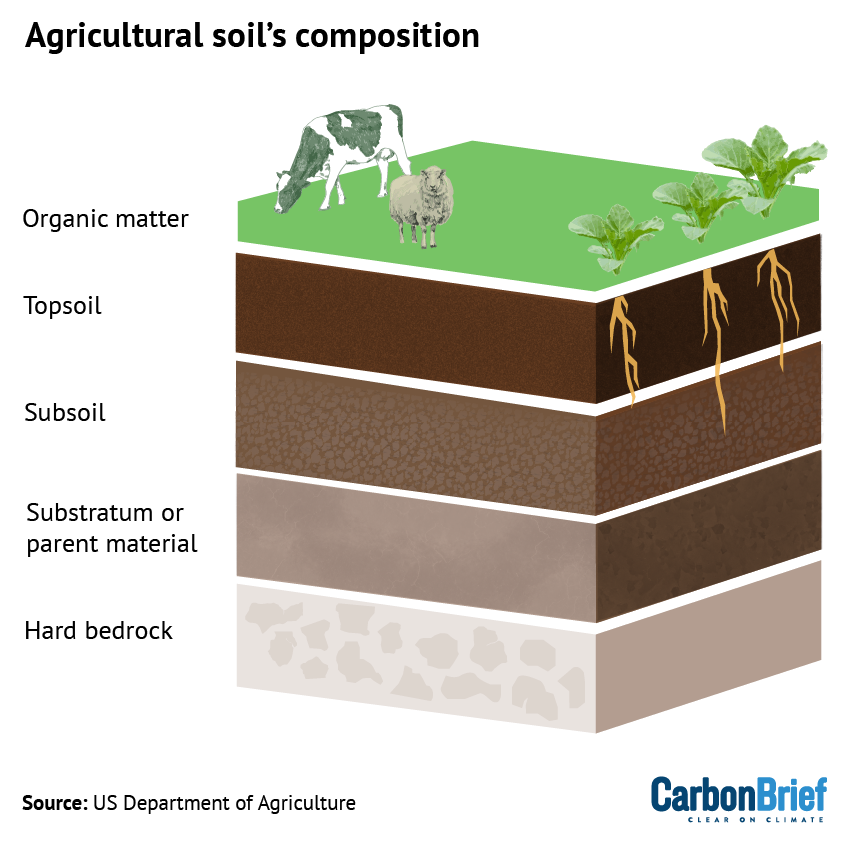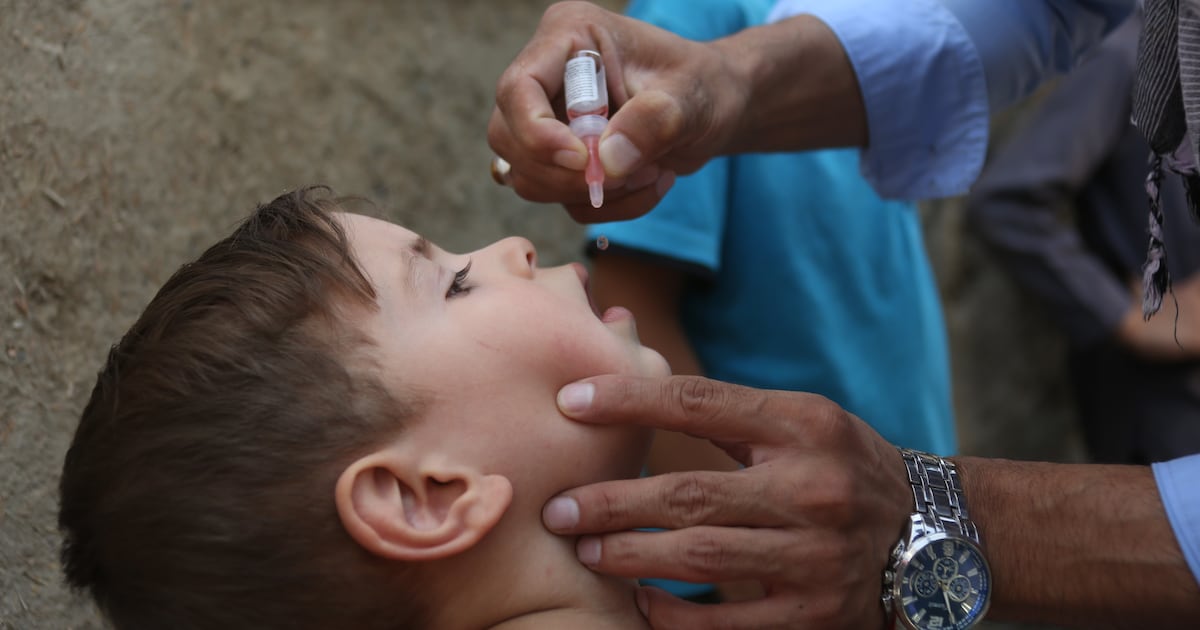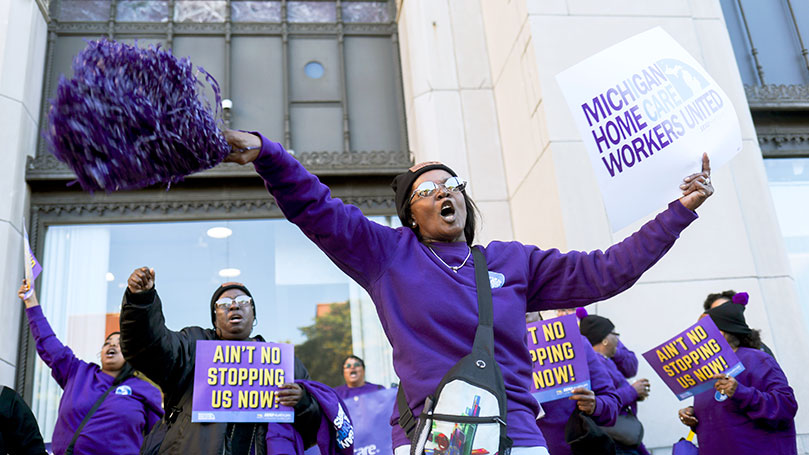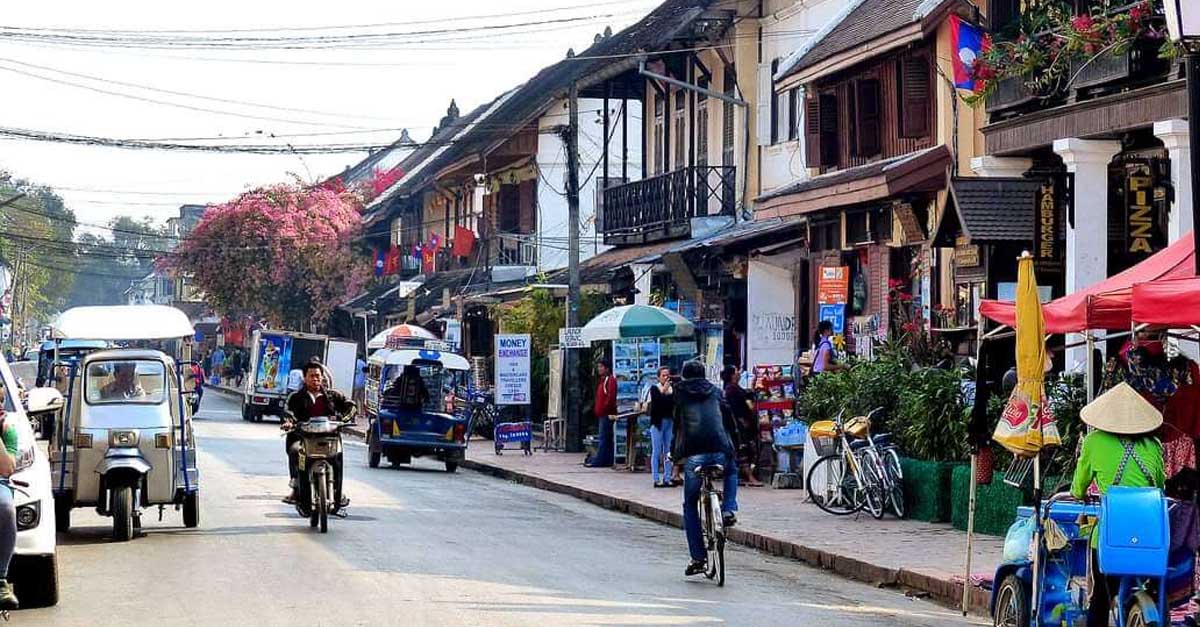Fuel shortages in Gaza threaten critical water systems, warns the IRC – International Rescue Committee
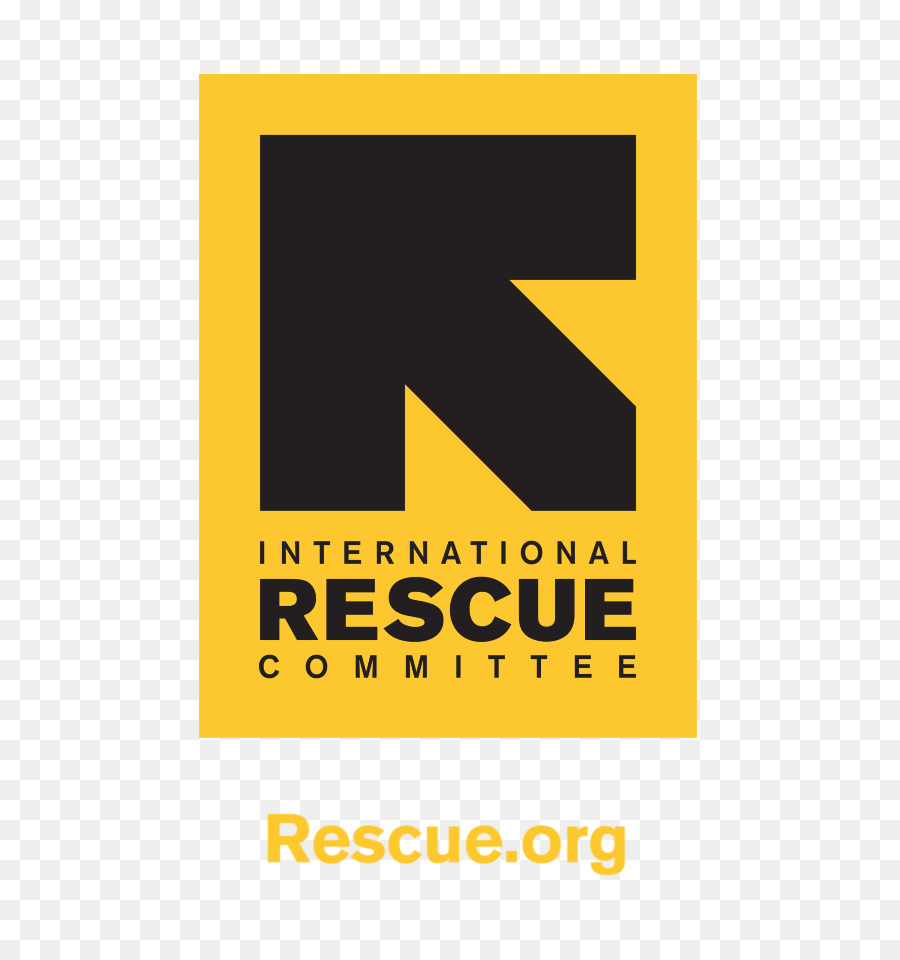
Report on the Gaza Water Crisis and its Impact on Sustainable Development Goals
Date of Report: July 11, 2025
This report details the escalating water and sanitation crisis in Gaza, as highlighted by the International Rescue Committee (IRC). The situation represents a critical failure to meet fundamental human needs and a severe regression in achieving key Sustainable Development Goals (SDGs), particularly SDG 6 (Clean Water and Sanitation), SDG 3 (Good Health and Well-being), and SDG 16 (Peace, Justice and Strong Institutions).
Critical Failures in Sustainable Development Goal 6: Clean Water and Sanitation
The core infrastructure required to achieve SDG 6 has reached a breaking point in Gaza. Ongoing hostilities, mass displacement, and a critical lack of fuel have dismantled the systems necessary for providing clean water and managing sanitation, with devastating consequences for the civilian population.
Collapse of Water Infrastructure
The operational capacity of Gaza’s water and sanitation facilities has been decimated. Fuel, essential for powering desalination plants, water pumps, and sewage systems, is unavailable, leading to a systemic breakdown. Key indicators of this collapse include:
- Only 40% of Gaza’s drinking water facilities remain functional.
- Water production has fallen to less than half the volume recorded during the March 2025 ceasefire.
- Approximately 79% of all water and sanitation facilities are located within militarized zones or areas under displacement orders, rendering them inaccessible or non-operational.
- Nearly three-quarters of essential infrastructure, including desalination plants, water wells, and wastewater pumping stations, are no longer functioning.
- Water reservoirs have been severely affected, with 83% reported as out of service.
- Two of the three primary Mekorot water supply connections to Gaza are non-operational, further constricting the available water sources.
Disruption of Water Supply and Services
The breakdown of infrastructure has led to a severe shortage of potable water for the population. Most residents receive significantly less than the World Health Organization’s emergency standard of 15 litres per person per day. Humanitarian efforts to mitigate the crisis through water trucking are severely hampered by insecurity, fuel shortages, and overwhelming demand. Reports from IRC partners indicate that water trucks are often emptied by desperate communities before reaching their intended distribution points. Concurrently, waste collection services have been drastically reduced, exacerbating public health risks and further undermining progress toward SDG 6 targets.
Compounding Crises and Impacts on Other SDGs
The failure to provide basic water and sanitation services has a cascading effect, severely impacting other Sustainable Development Goals.
SDG 3: Good Health and Well-being
The lack of clean water creates a public health emergency. Families are forced to use contaminated water sources for drinking, cooking, and hygiene, leading to a heightened risk of waterborne diseases. This directly threatens the achievement of SDG 3 by:
- Increasing the incidence of preventable diseases such as diarrhea, hepatitis, and severe skin conditions.
- Placing an unsustainable burden on a collapsing health system, particularly in overcrowded displacement shelters where hygiene options are minimal.
SDG 16: Peace, Justice and Strong Institutions
The crisis is a direct consequence of the failure to uphold peace and protect civilian infrastructure, a core tenet of SDG 16. The inability of institutions to provide life-sustaining services like water and sanitation erodes stability and perpetuates a cycle of humanitarian crisis. The IRC emphasizes that fuel is not merely a logistical commodity but a lifeline, without which basic services cannot be restored and human dignity cannot be upheld.
Recommendations and Urgent Calls to Action
To avert a complete collapse of life-sustaining services and begin restoring progress towards the SDGs, the International Rescue Committee calls for the following immediate actions:
- The immediate and sustained entry of fuel and other essential humanitarian supplies into Gaza to power and repair water and sanitation systems.
- The unimpeded and safe access for humanitarian organizations to reach all civilians in need.
- The reinstatement of a durable ceasefire to end the violence and protect civilian lives and infrastructure.
- The release of all remaining hostages.
Without these urgent measures, the humanitarian consequences for families in Gaza will be catastrophic, pushing them further beyond the limits of survival and reversing any progress made toward a sustainable and peaceful future.
1. Which SDGs are addressed or connected to the issues highlighted in the article?
The following SDGs are addressed in the article:
- SDG 6: Clean Water and Sanitation: This is the central theme of the article, which details the severe water crisis in Gaza, the breakdown of water and sanitation infrastructure, and the lack of access to clean drinking water for the population.
- SDG 3: Good Health and Well-being: The article directly connects the water crisis to public health risks, mentioning the increased danger of disease outbreaks like diarrhea and hepatitis due to reliance on unsafe water sources and the strain on a “collapsing health system.”
- SDG 7: Affordable and Clean Energy: The article repeatedly emphasizes that “extreme fuel shortages” are the root cause of the water system’s failure. It states that fuel is essential to power desalination plants, water pumps, and sewage systems, framing energy access as a “lifeline.”
- SDG 16: Peace, Justice and Strong Institutions: The crisis is situated within a context of “ongoing hostilities.” The article calls for a ceasefire and an end to violence, highlighting that the breakdown of basic services (strong institutions) is a direct consequence of the conflict.
- SDG 11: Sustainable Cities and Communities: The article discusses “mass displacement” and the challenges of providing basic services in overcrowded displacement camps like Almutahabeen. It points to the failure to ensure access to basic services for all inhabitants, a key aspect of this goal.
2. What specific targets under those SDGs can be identified based on the article’s content?
-
SDG 6: Clean Water and Sanitation
- Target 6.1: “By 2030, achieve universal and equitable access to safe and affordable drinking water for all.” The article explicitly states that the population is not receiving enough clean water and that the IRC is distributing desalinated drinking water to meet overwhelming demand.
- Target 6.2: “By 2030, achieve access to adequate and equitable sanitation and hygiene for all…” The text mentions the breakdown of sewage pumps, reduced waste collection, and limited hygiene options in overcrowded shelters, directly relating to this target.
-
SDG 3: Good Health and Well-being
- Target 3.3: “By 2030, end the epidemics of… water-borne diseases and other communicable diseases.” The article warns of heightened risks of “disease outbreaks like skin conditions, diarrhea, and hepatitis” as a direct consequence of the water crisis.
- Target 3.d: “Strengthen the capacity of all countries… for early warning, risk reduction and management of national and global health risks.” The article points to the “collapsing health system” and “serious public health risks,” indicating a failure to manage health risks during the crisis.
-
SDG 7: Affordable and Clean Energy
- Target 7.1: “By 2030, ensure universal access to affordable, reliable and modern energy services.” The article’s core argument is that the lack of fuel (energy) has crippled the water infrastructure. The call for “immediate and sustained entry of fuel” underscores the critical need for energy to run essential services.
-
SDG 16: Peace, Justice and Strong Institutions
- Target 16.1: “Significantly reduce all forms of violence and related death rates everywhere.” The article’s context is “ongoing hostilities,” and it explicitly calls for the “reinstatement of the ceasefire” and an “end to the violence.”
-
SDG 11: Sustainable Cities and Communities
- Target 11.1: “By 2030, ensure access for all to adequate, safe and affordable housing and basic services…” The article describes “mass displacement” and the struggle to provide basic water services to people in displacement camps, showing a lack of access to basic services.
3. Are there any indicators mentioned or implied in the article that can be used to measure progress towards the identified targets?
- Water consumption per person: The article states that “Most people in Gaza are now receiving far below the WHO’s emergency standard of 15 litres of water per person per day.” This is a direct measure related to Target 6.1.
-
Functionality of water and sanitation facilities: The article provides several specific statistics that serve as indicators:
- “Only 40% of Gaza’s drinking water facilities are functional.”
- “Water production is now less than half of what it was during the last ceasefire.”
- “79 percent of water and sanitation facilities fall within militarized zones.”
- “Nearly three-quarters of desalination plants, water wells, wastewater pumping stations and dumpsites are no longer functioning.”
- “83% [of water reservoirs are] out of service.”
- Functionality of water supply connections: The article notes that “Two of Gaza’s three official Mekorot water supply connections are also down,” serving as a clear indicator of water access infrastructure failure.
- Incidence of water-borne diseases: While not providing numbers, the article implies this indicator by highlighting the “risk of disease outbreaks like skin conditions, diarrhea, and hepatitis,” which would be used to measure progress towards Target 3.3.
- Fuel availability: The article implies that the supply of fuel is a critical indicator for Target 7.1. The call for the “immediate and sustained entry of fuel” suggests that tracking fuel imports and distribution would be a key metric for restoring services.
- Cessation of hostilities: The call for a “ceasefire” implies that the primary indicator for Target 16.1 is the absence or presence of active conflict.
4. Table of SDGs, Targets, and Indicators
| SDGs | Targets | Indicators |
|---|---|---|
| SDG 6: Clean Water and Sanitation |
6.1: Achieve universal and equitable access to safe and affordable drinking water.
6.2: Achieve access to adequate and equitable sanitation and hygiene. |
– Litres of water per person per day (currently below WHO’s 15-litre standard). – Percentage of functional drinking water facilities (currently 40%). – Water production level (less than half of previous levels). – Percentage of functional sanitation facilities (nearly 75% non-functional). – Percentage of water reservoirs in service (17% in service). |
| SDG 3: Good Health and Well-being |
3.3: End epidemics of water-borne diseases.
3.d: Strengthen capacity for management of health risks. |
– (Implied) Incidence of diarrhea, hepatitis, and other water-borne diseases. – (Implied) Functionality of the health system (described as “collapsing”). |
| SDG 7: Affordable and Clean Energy | 7.1: Ensure universal access to affordable, reliable energy services. | – (Implied) Availability and sustained entry of fuel for essential services. |
| SDG 16: Peace, Justice and Strong Institutions | 16.1: Significantly reduce all forms of violence. | – (Implied) Status of hostilities (call for a ceasefire indicates active conflict). |
| SDG 11: Sustainable Cities and Communities | 11.1: Ensure access for all to adequate, safe housing and basic services. |
– (Implied) Number of internally displaced persons. – Access to basic services (water, sanitation) in displacement camps. |
Source: rescue.org

What is Your Reaction?
 Like
0
Like
0
 Dislike
0
Dislike
0
 Love
0
Love
0
 Funny
0
Funny
0
 Angry
0
Angry
0
 Sad
0
Sad
0
 Wow
0
Wow
0







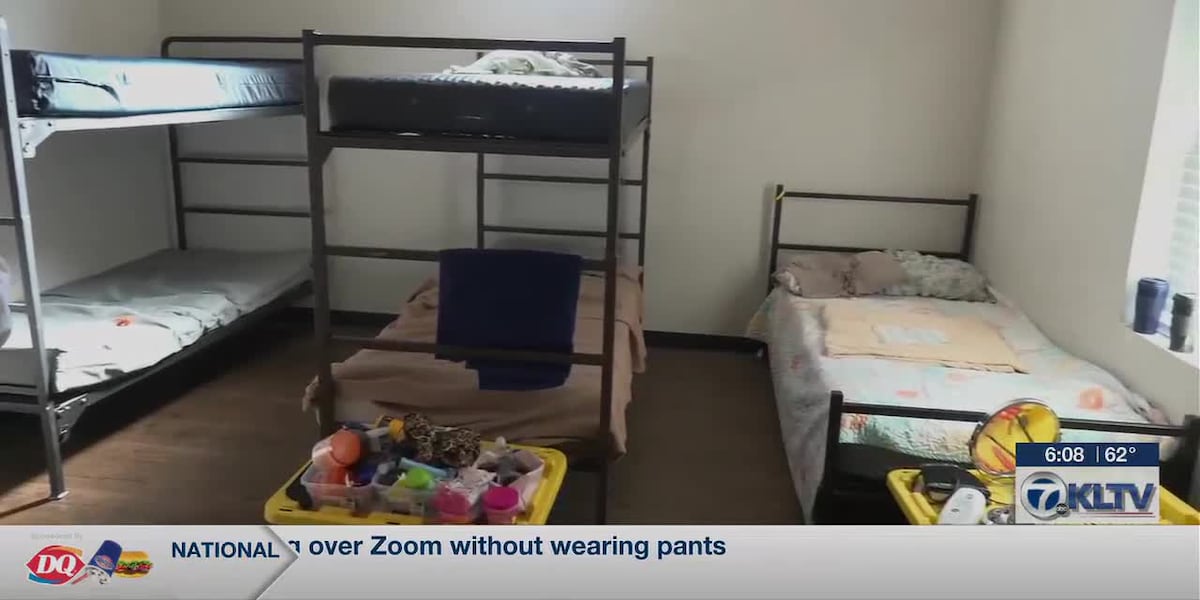



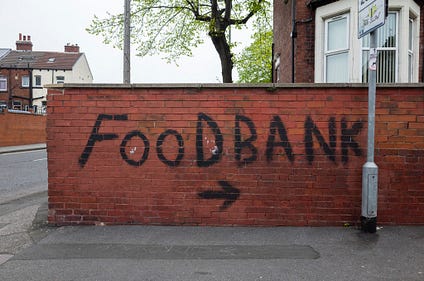

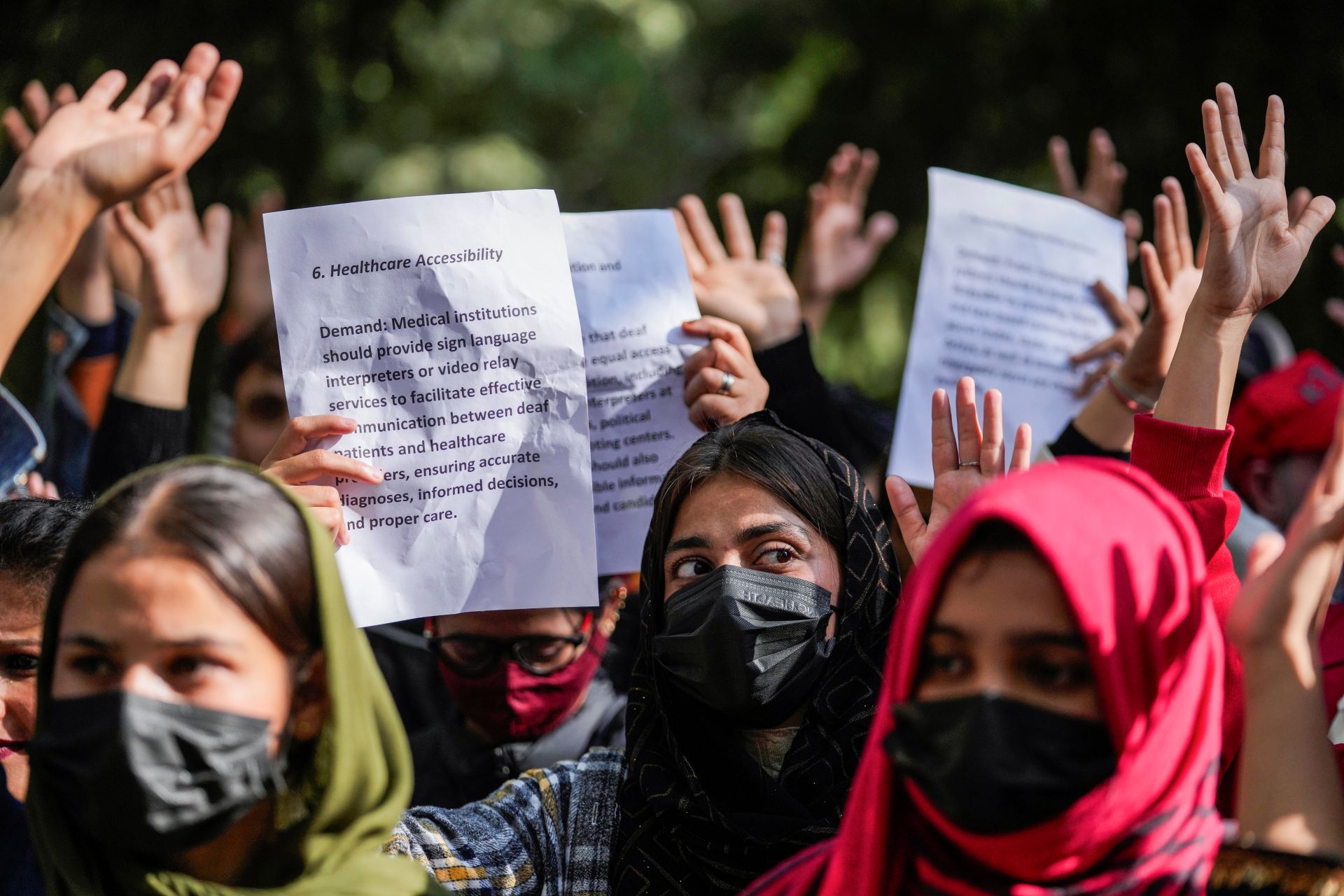













;Resize=805#)




